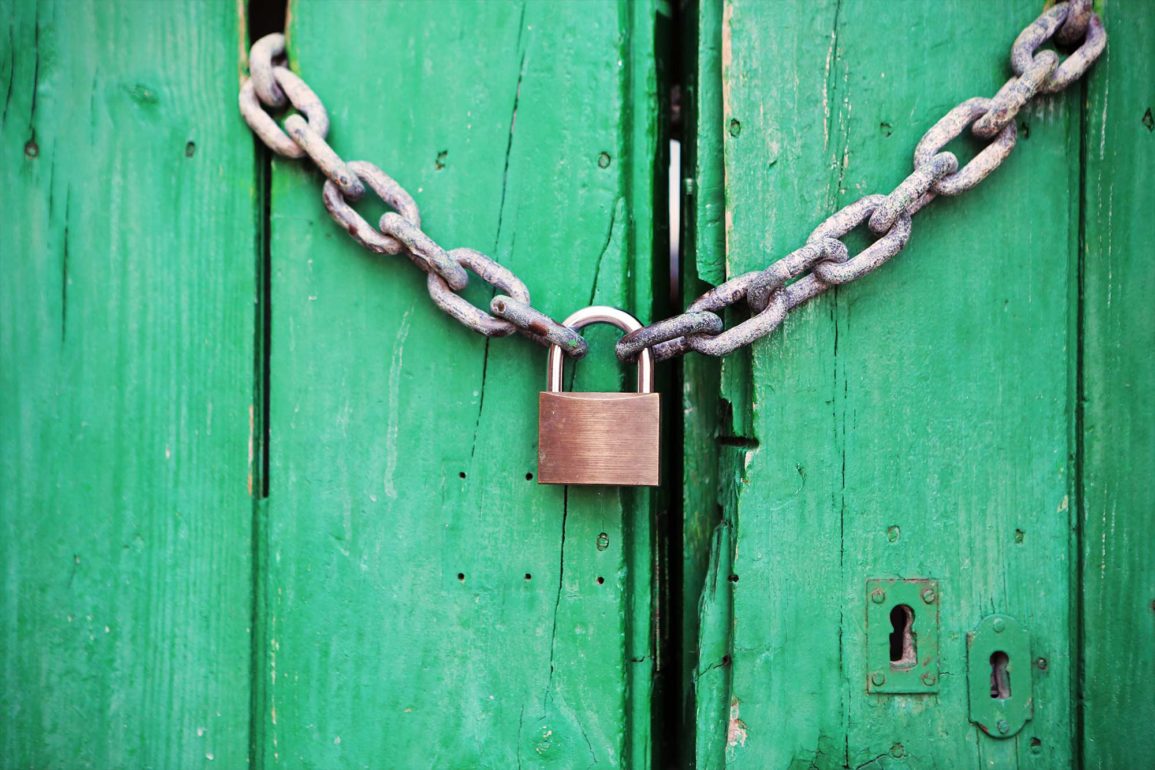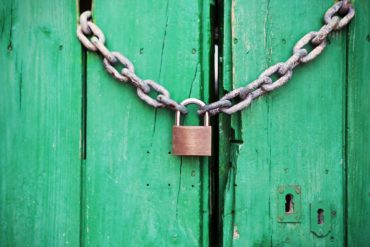By Jo Blitz A. Escotal
CEO
Escotal.com
- Download Updates: Download the latest updates, firmware, service packs, and patches to your computer.
- Antivirus/Antimalware Software: Install an Antivirus or Antimalware Software and make sure you keep download the updates. Examples of Antivirus software, Norton, McAfee, Bit Defender, Kaspersky, and Trend Micro.
- Firewall: Install Firewall such as Windows Firewall to protect your computer against internal and external attacks.
- Intrusion Detection System (IDS) Intrusion Prevention System (IPS): IDS and IPS constantly watch your network and computer, identifying possible incidents. IDS/IPS monitors all traffic on the network to identify any know malicious behavior. The 3 types of IDS/IPS are Signature Based, Behavior Based, and Anomaly Based.
- Encryption: Install a program for a process of encoding information. The science of encrypting and decrypting information aka cryptography. Unencrypted data is known as plain or clear text and encrypted data is called ciphertext.
- VPN: A VPN which stands for Virtual Private Network, is a service that established a secure private connection to the Internet. A VPN creates and encrypted tunnel to protect data and communications. L2TP, IPSEC, PPTP, SSTP are some of the VPN Protocols.
- Proxy Server: A proxy server in computer networking acts as an intermediary between a client requesting a resource and the server providing that resource. NordVPN is an example of a VPN applications.
- Backup: Always backup your computer. Onsite and Offsite such as the Cloud. AWS, Azure, Google Cloud are example of Cloud Providers and for clients Microsoft use OneDrive and Apple uses iCloud. The 3 types of backups are Full, Differential, and Incremental. Backup devices are NAS, SAN, Tape, USB, and Flash drives.
- Login: When login use a Multifactor Authentication such as Okta or Duo. Username and Password make it long, and complex. Use Biometrics, Fingerprint, Facial Recognition. Windows use Kerberos as a TGT to verify accounts. Windows Server uses a Domain Controller.
- Monitoring/Logs: Use a monitoring software and logs to see what activity is happening to your device.
Protecting your computer is essential against hackers and malicious software activity such as malware. These are the Top 10 steps you can do to protect your computer.











